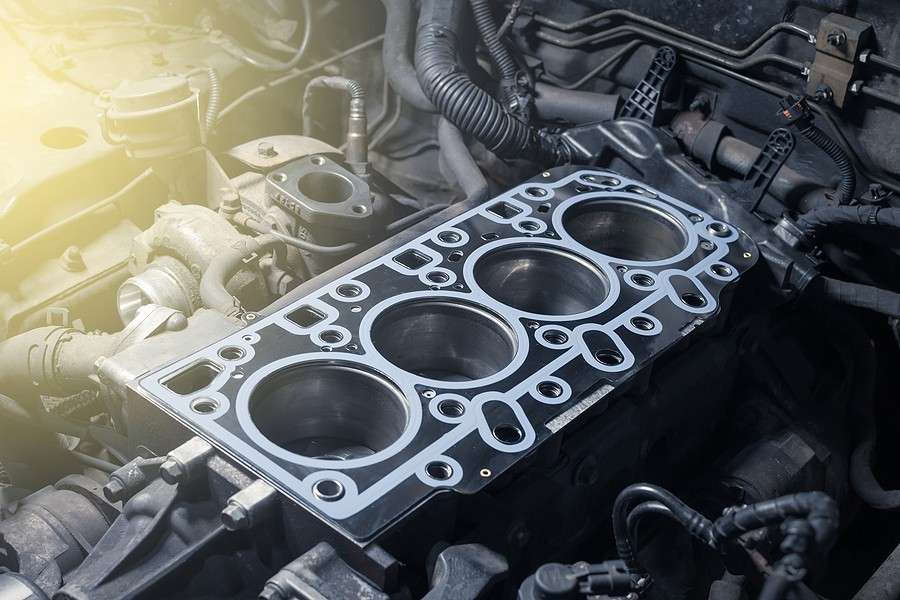A blown head gasket is a common issue that can occur in vehicles with internal combustion engines. The head gasket is a sealing component that sits between the engine block and the cylinder head. Its main function is to seal the combustion chamber, preventing coolant and engine oil from mixing and protecting the engine from overheating. When a head gasket fails, it can lead to a number of problems.
One of the most common symptoms of a blown head gasket is overheating. If the gasket is leaking, coolant can escape, causing the engine to run hot. If you notice that your engine temperature gauge is consistently high or that your car is frequently overheating, it could be a sign of a blown head gasket. Other symptoms may include white or milky-colored oil, low coolant levels, and white smoke coming from the exhaust pipe.
There are a few different factors that can contribute to a blown head gasket. One of the most common causes is overheating. If an engine overheats, it can cause the metal to expand and contract, potentially leading to a blown head gasket. Other factors that can contribute to a blown head gasket include improper installation, manufacturing defects, and the use of low-quality gasket material.
If you suspect that you have a blown head gasket, it's important to get it fixed as soon as possible. If left unchecked, a blown head gasket can cause serious damage to your engine, leading to costly repairs. In some cases, a blown head gasket can cause the engine to lose compression, leading to reduced performance and fuel efficiency. It can also cause coolant and engine oil to mix, leading to further engine damage.
There are a few different ways to fix a blown head gasket. One option is to replace the gasket entirely. This involves removing the cylinder head and replacing the gasket with a new one. Depending on the make and model of your vehicle, this can be a time-consuming and labor-intensive process. In some cases, it may be necessary to machine the surface of the engine block or cylinder head to ensure a proper seal.
Another option is to use a chemical sealer to repair the gasket. These products are designed to seal small leaks in the gasket, helping to prevent further damage to the engine. While chemical sealers can be effective in some cases, they may not work for all types of gasket leaks, and they may not be a long-term solution. It's important to carefully follow the instructions for using a chemical sealer, as using too much or applying it improperly can cause further damage to the engine.
In some cases, a blown head gasket can be caused by other underlying issues, such as a cracked cylinder head or a warped engine block. If these issues are present, they will need to be addressed before the gasket can be properly repaired. In these cases, it may be necessary to replace the cylinder head or engine block, which can be a costly repair.
Overall, a blown head gasket is a serious issue that needs to be addressed as soon as possible. If you suspect that you have a blown head gasket, it's important to have it checked out by a mechanic as soon as possible to avoid further damage to your engine. While there are a few different options for fixing a blown head gasket, the best course of action will depend on the specific circumstances of your vehicle. A mechanic will be able to assess the damage and recommend the most appropriate repair method.



